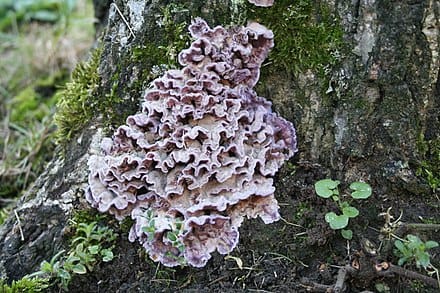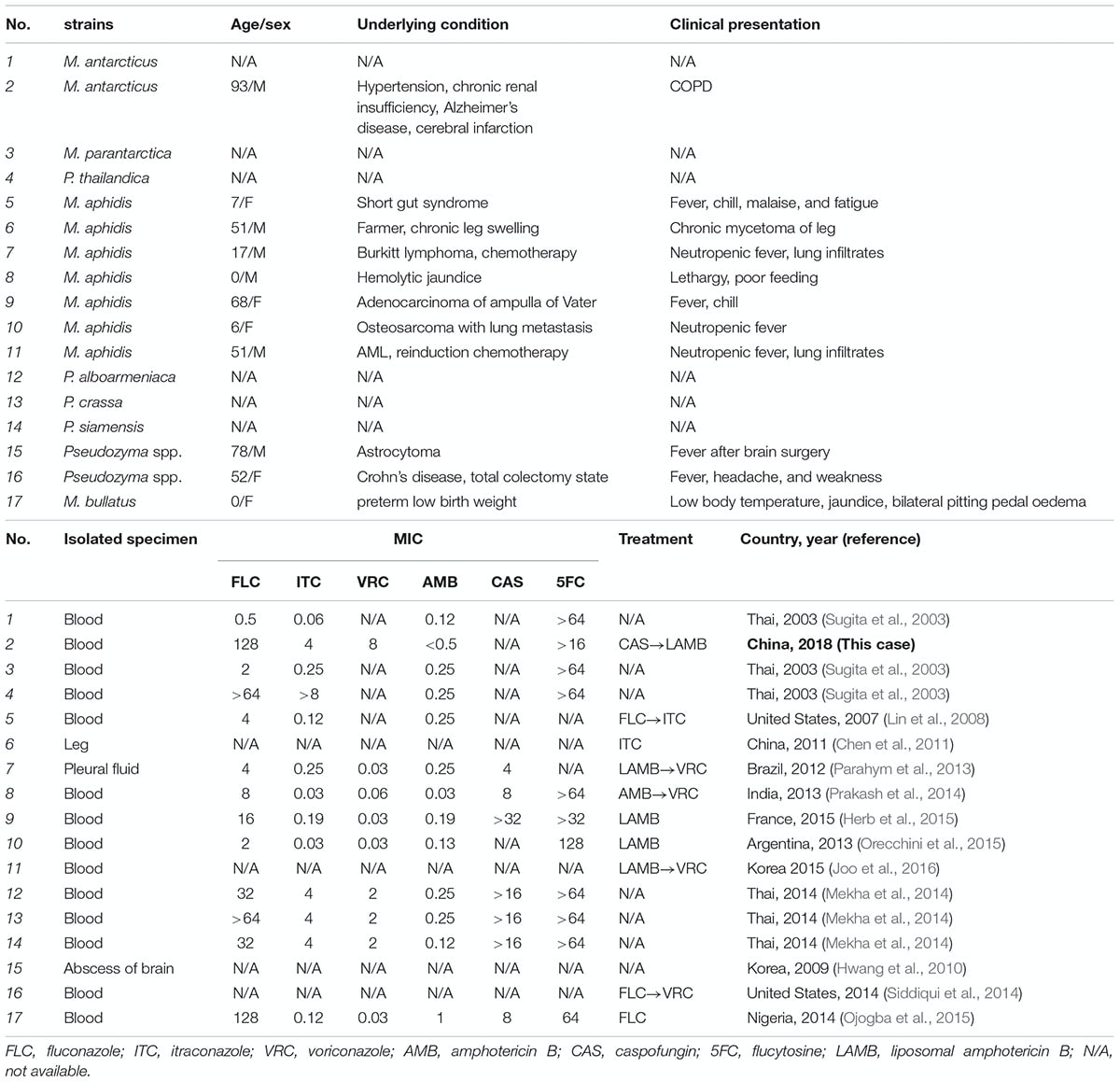Summary
This paper delves into a rising concern: the unexpected occurrence of plant pathogens infecting healthy individuals, a previously uncommon phenomenon. Through the presentation of two case studies, it highlights the substantial threat posed by fungal diseases, which share similarities with animal infections. Ultimately, the paper serves as a compelling reminder of the need for heightened awareness regarding fungal diseases and their possible repercussions.
Introduction
Fungal diseases are increasing and gaining more attention. WHO recently published the first ever list of priority fungal pathogens The priority list is the first global effort to systematically prioritize fungal pathogens, considering their unmet research and development (R&D) needs and perceived public health importance. Climate change is postulated to drive the emergence of fungal pathogens. In a review, climate change will do four things to fungal infections:
- Lead to the emergence of completely new fungal pathogens
- Exacerbate the effects of known fungal diseases
- Lead to new virulence fungal lineages
- Increase infections due to environmental destructions caused by climatic events.
A recent paper hypothesized that global warming will increase the prevalence of fungal diseases in mammals by two mechanisms: (i) increasing the geographic range of currently pathogenic species and (ii) selecting for adaptive thermotolerance for species with significant pathogenic potential but currently not pathogenic by virtue of being restricted by mammalian temperatures.
From Plants to Humans
Phytopathogens are a disease that affects plants. Although different evolutionary pathways of plant and animal pathogens exist, evidence of animal or human infection by phytopathogens, has recently emerged Phytopathogens are generally considered to be opportunistic pathogens for immunologically weakened populations that lack specificity for humans and animals. However, the recent report of a plant pathogen jump from plant to humans seems to have adapted well to cause disease in immunocompetent individuals thereby causing worry.
Case reports of Jump of plant pathogens to humans
Case 1: Plant pathogen infects a healthy man
A 61 years old plant mycologist with no history of f diabetes, HIV infection, renal or any chronic disease, immunosuppressive drug intake, or trauma. Reported to the hospital with a case of hoarseness of voice, cough, recurrent pharyngitis, fatigue, difficulty in swallowing and anorexia for the last 3 months. Aspirated pus did not yield any result for tuberculosis or bacteria but yielded positive results for fungal growth. Further identification showed the causative agent was Chondrostereum purpureum. The patient was treated and it resolved.
Fruiting body of Chondrostereum purpureum
Chondrostereum purpureum is a plant pathogen that causes a disease called silver leaf disease in trees and shrubs, particularly in the rose family. It attacks mostly species of the rose family. The disease is progressive and often fatal. The common name is taken from the progressive silvering of leaves on affected branches. It is spread by airborne spores landing on freshly exposed sapwood. For this reason plants are pruned in summer, when spores are least likely to be present
Case 2: Plant disease kills a neonate
Involved the case of a neonate born prematurely at 32 weeks of gestation. with a provisional diagnosis of preterm low birth weight at risk for sepsis, born at a rural hospital in Jos, Plateau State Nigeria and transported to the reference hospital. The neonate had three exchange blood transfusions without improvement rather than getting worse. Blood culture yielded a positive growth for a fungal pathogen, named Moesziomyces bullatus. Unfortunately, the baby died at 38 days of life. Moesziomyces bullatus is mainly isolated from plant surfaces and provides a natural source of protection against powdery mildews. Several Moesziomyces species have been reported to exhibit biological activity against biodegradable plastics, which are usually used in a number of industrial processes.
Conclusions
While we often focus on bacterial superbugs and emerging novel viruses originating from animal populations, we tend to overlook the presence of plant diseases in our environment. In a separate post, I noted the danger of bioengineered fungi and why we should consider giving fungi research attention.
A rising trend in disease epidemics is associated with the "jump" of pathogens to new host species. While pathogens commonly infect closely related species, numerous instances exist where the original and newfound hosts belong to distinct taxonomic groups. Furthermore, pathogens, even those closely related, exhibit significant variability in their host preferences. Some specialize in infecting a single species, while others possess the capacity to infect hosts across various taxonomic categories.
Although plant diseases are infrequent, the mere possibility of their occurrence underscores the importance of paying attention to this area. Fungi, in particular, pose a substantial threat. The resemblances in fungal and animal biochemistry present a formidable challenge when it comes to developing effective vaccines and treatments for the prevention and management of infections. As long as you breathe, you are at risk of fungal spores.
Our laboratory is dedicated to vigilantly monitoring potential "jumps" in fungal pathogens. If you'd like to support, donate to, or collaborate with our lab in this endeavor, please feel free to contact us via email. Your involvement is greatly appreciated


